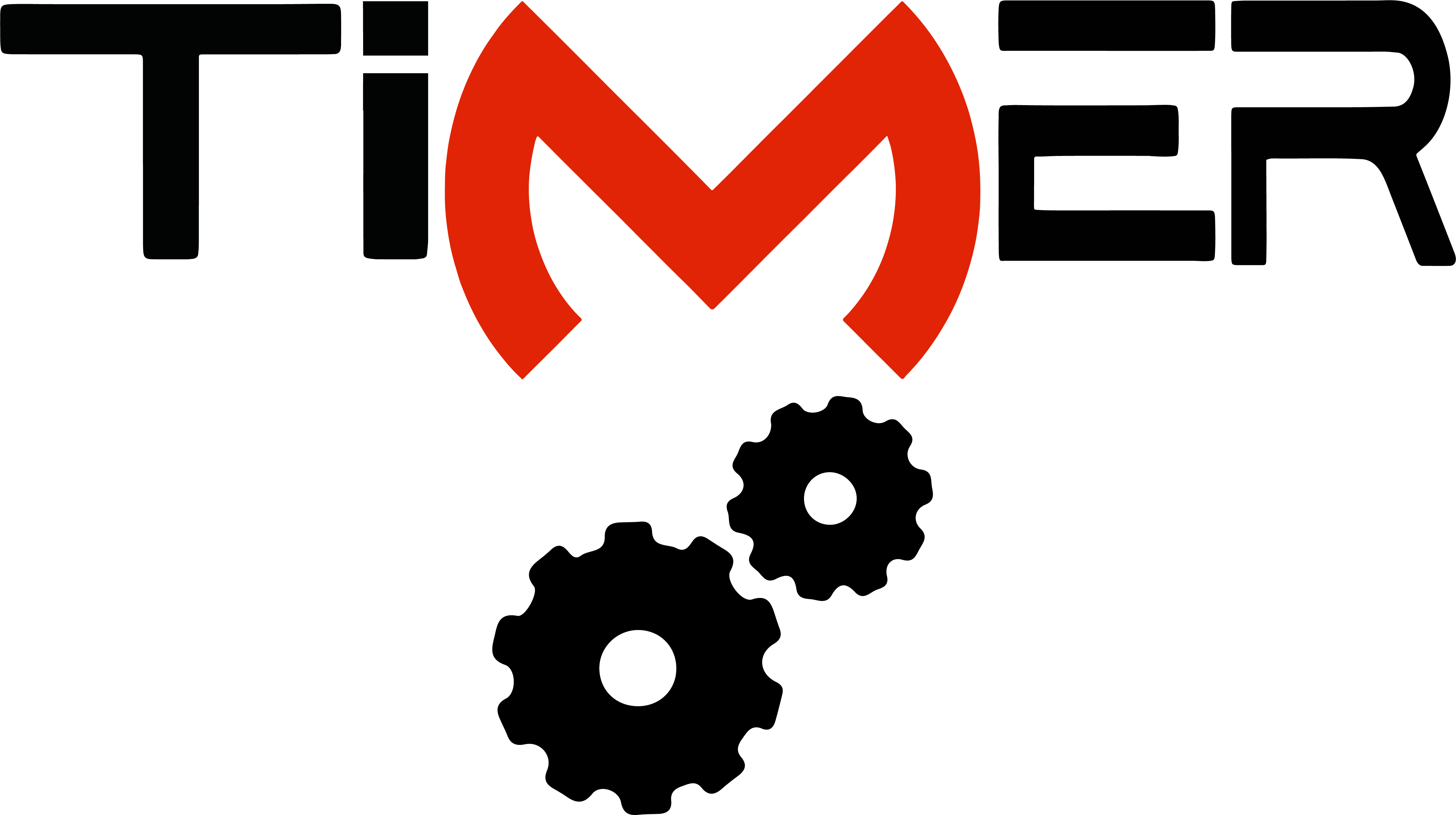MECHANICAL PROPERTIES CHARACTERIZATION OF THE FRICTION WELDING OF ALUMUNIUM WITH COPPER USING VARIATIONS IN ROTATIONAL SPEED AND CONTACT SURFACE ROUGHNESS
Abstract
Full Text:
PDFReferences
G. Eason, B. Noble, and I.N. Sneddon, 1965 “On certain integrals of Lipschitz-Hankel type involving products of Bessel functions,” Phil. Trans. Roy. Soc. London, vol. A247, pp. 529-551,
J. Clerk Maxwell, 1892 A Treatise on Electricity and Magnetism, 3rd ed., vol. 2. Oxford: Clarendon, 1892, pp.68-73.
I.S. Jacobs and C.P. Bean, 1963 “Fine particles, thin films and exchange anisotropy,” in Magnetism, vol. III, G.T. Rado and H. Suhl, Eds. New York: Academic, 1963, pp. 271-350.
K. Elissa, “Title of paper if known,” unpublished.
R. Nicole, “Title of paper with only first word capitalized,” J. Name Stand. Abbrev., in press.
Y. Yorozu, M. Hirano, K. Oka, and Y. Tagawa, 1982 “Electron spectroscopy studies on magneto-optical media and plastic substrate interface,” IEEE Transl. J. Magn. Japan, vol. 2, pp. 740-741,
ASM Handbook, 1992 “Properties and Selection: Nonferrous Alloys and Special- Purpose Materials, ASM International, Vol 2,
Groover, 2010 M. P., Fundamentals of Modern Manufacturing: Materials, Processes, and Systems, 4th Edition, New Jersey: John Wiley & Sons, Inc.
Metals Handbook Vol. 7, 1972, Atlas of Microstructures of Industrial Alloys, 8th Edition.
Robert, W. M., Principles of Welding, Troy, New York: WILEY-VCH.
Prabowo, I. Sukmana, & Y. Burhanuddin, Las Gesek 2017 “(Friction Welding) Logam Tidak Sejenis (Dissimilar Metals) Magnesium AZ- 31 Terhadap Aluminum AL-13.
D. W. Kurniawan, & T. Nanda, 2012 , Teknologi Sediaan Farmasi, Purwokerto: Laboratorium Farmasetika Unsoed.
M. Ahzabuddin, 2011 “Studi Eksperimen Pengaruh Variasi Kecepatan Putar Terhadap Temperatur dan Tensile Strength pada Friction Welding dengan Material High- Density Polyethylen,. 2017,
P. Haryanto, Pengaruh Gaya Tekan, Kecepatan Putar, Dan Waktu Kontak Pada Pengelasan Gesek Baja ST60 Terhadap Kualitas Sambungan Las,
P. Haryanto, A. Purnomo, & Carli, 2018 “Analisis Kekuatan Tarik pada Sambungan Aluminium dan Tembaga yang Disambung dengan Las Gesek untuk Konektor Elektrikal.
R. B. S. Majanasastra, 2016 “Analisis Sifat Mekanik dan Struktur Mikro Hasil Proses Hydroforming pada Material Tembaga (Cu) C84800 dan Aluminium Al 6063,
V. D. Milasinovic, R. Radovanovic, M. D. Milasinovic, B. R. Gligorijevic, Effects of Friction-Welding Parameters on The Morphological Properties of An Al/Cu Bimetallic Joint, 2016
Y. S. Irawan, R. Soenoko, & H. Purnomo, 2016 “Effect of Surface Roughness and Chamfer Angle on Tensile Strength of Round Aluminum A6061 Produced by Continuous Drive Friction Welding.
DOI: http://dx.doi.org/10.62870/timer.v1i2.25672
Refbacks
- There are currently no refbacks.
Copyright (c) 2024 TiMER: Trends in Mechanical Engineering Research
This work is licensed under Creative Commons Attribution 4.0 International









